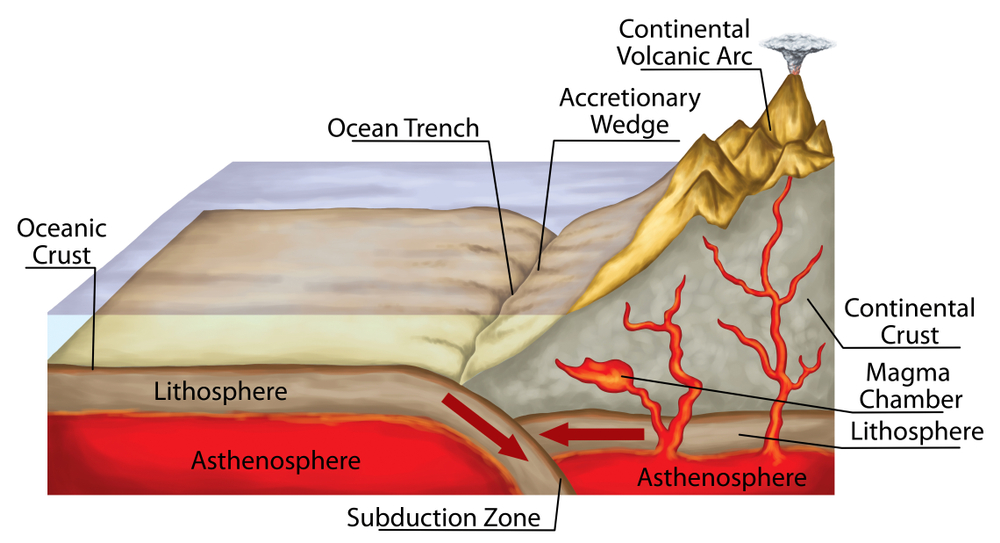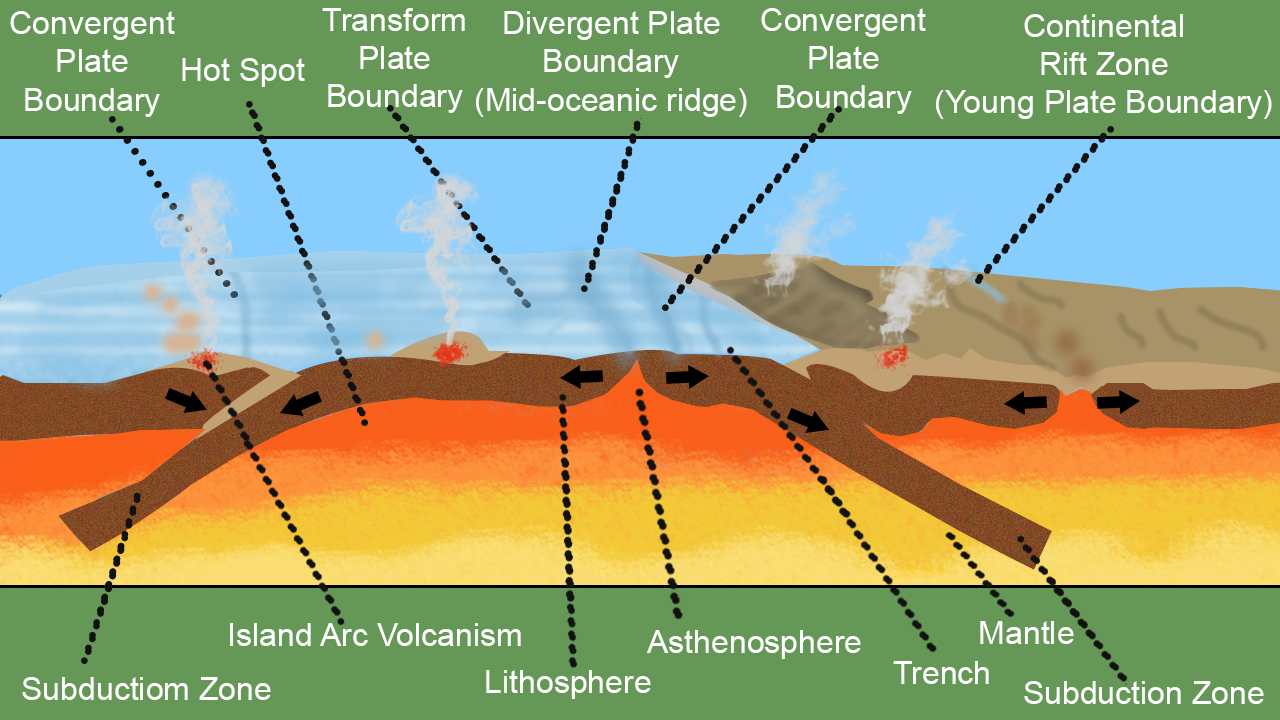

Learn more about the volcanic fields, rifts and and calderas in this dynamic region.Ĭollision and the Uplift of the Himalayas, USGSĪbout 225 million years ago India was a large island off the coast of Australia. Volcanoes in Africa, Smithsonian InstituteĪfrica is one of the top five volcanic regions in world in terms of numbers of people living within distances of 5-100 km of a volcano. It also includes links to other pages about specific volcanoes on the islands of Hawaii and Maui. Read about the active Hawaiian Volcanoes and how they continue to form above a hot spot. Hawaiian Volcanoes, USGS Hawaii Volcano Observatory This is a triple junction (or triple point), where three plates are pulling away from one another: the Arabian Plate, and the two parts of the African Plate (the Nubian and the Somalian) splitting along the East African Rift Zone. Rifting in the Red Sea, East Africa, USGSĪ basic map showing the historically active volcanoes in the Afar Triangle. Learn more about the geology of the Hawaiian islands as well as other hot spots around the world. View a slide show with color photos and descriptions about the theory of "hot spots." Site also includes a list of sample lesson plans, key concepts, references, and activities about hot spots and the Hawaiian islands. Hot Spots and Mantle Plumes, Volcano World This site also provides an in-depth review of the geologic history of the Cascade volcanoes. Follow Cascade Range volcanic activity through a weekly update. The Cascade Range in the Western United States is an example of active subduction volcanism. Learn more about composite cones at this site.Ĭascade Range Volcanoes and Volcanics, USGS Learn more about composite cones at this site.Ĭomposite cone volcanoes formed above subduction zones often erupt violently. Volcanoes formed at subduction zones (convergent plate boundaries) are called composite cone volcanoes. Also find links to the volcanoes which form at this subduction zone. The subduction of the Philippine plate below the Pacific plate has formed the Mariana trench, the deepest oceanic trench in the world. To learn more about this topic, visit the following web sites:īasic Geology of the Mariana Islands, Volcano World

In-depth descriptions of hydrothermal vents and their unique ecosystems where chemical energy nurtures life instead of sunlight. Includes information about the unique geology, chemistry and biology of hydrothermal vents.Įarth - Ocean Interactions Program, NOAA and Pacific Marine Environmental Lab Contains several photos of the strange creatures which inhabit the far reaches of the ocean floor.ĭive and Discover, Woods Hole Oceanographic Institution

Learn how much of the ocean floor has been mapped and how new data is being collected.Įxploring the deep ocean floor: Hot springs and strange creatures, USGS The Deep Ocean Floor, American Museum of Natural History Includes images and information about life forms at hydrothermal deep sea vents. Learn about black smokers and where they form. To learn more about life at hydrothermal vents and mid-ocean ridges, visit the following web sites:īlack Smokers, American Museum of Natural History.Make sure your model demonstrates the movements of lithospheric plates and the surface features they cause. Use the information in the Digging Deeper of Section 5 to help you build your model. Develop a model that represents your plate boundary environment.With your group, select one of the following plate boundary environments:.Identify on a world map of lithospheric plates one example of each of the plate boundaries listed in the sidebar.Examine the locations for each type of boundary listed in the sidebar in the same manner as you did in step 3.Using the Google Earth navigation controls, rotate the Earth to view all of the locations for this type of plate boundary. Activate (check) the “Continental convergent boundary” data.In the Google Earth sidebar, switch off (uncheck) the option for displaying “Earthquake Epicenters” and “Plate Boundaries.”.Click on the file and it will open up with Google Earth. The file contains earthquake location and plate boundary data provided by the United States Geological Survey. In Section 1, you saved the file “eqs7day-age.” to your computer. You are now going to use Google Earth to examine the distribution of Earth’s plate boundary environments.To learn more about plate boundary environments, complete the following: Analyze data on a world map that shows the locations of hot spots to determine patterns in hot spot formation.Use a model to explain the formation of continental and ocean-floor features that result from the movement of Earth’s lithospheric plates.In this section you will find materials that support the implementation of EarthComm, Section 5: Plate Boundary Environments.


 0 kommentar(er)
0 kommentar(er)
